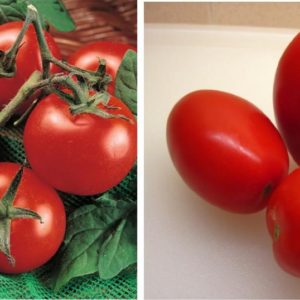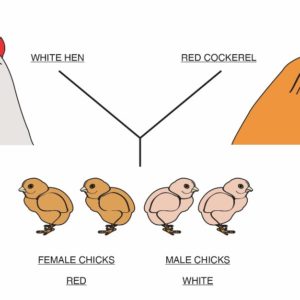This practical course covers everything you need to know and do to start exporting your products from South Africa. This course was created specifically for the South African Industry and contains all the forms, sites and latest resources.
It is one of the elective modules on the National Certificate for Plant and Animal Production.
It covers the following:
*Chapter one gives an overview of the whole procedure to assist readers to
understand the more detailed explanations that follow and how each stage fits into
the total picture.
*Chapter two provides guidance on how to register for production and inspection
with the Department of Agriculture, Forestry and Fisheries.
*Chapter three has information on traceability, packaging, labelling and packing of
the product.
*Chapter four provides information about quality control, specifically Hazard Analysis
and Critical Control Points (HACCP).
*Chapter five outlines the standards that are required in foreign markets by
government departments, private companies or individual retailers. These standards
include British Retail Consortium Global Standards (BRC), Hazard Analysis and
Critical Control Points (HACCP) and International Standards Organisation (ISO) and
ISO 22000 series on food management.
*Chapter six provides information on how to register with the South African Revenue
Service as an exporter.
*Chapter seven explains the documentary requirements for exporting processed
fruits, vegetables and nuts.
*Chapter eight covers delivery terms (Incoterms®) used in international contracts
and modes of transport that can be used when exporting.
*Chapter nine indicates the cost breakdown of a shipment, showing percentages
of money spent in different stages of a value chain.
*Chapter ten is a guide to where potential exporters can find help. It covers industry
associations and export councils that can assist with information on how markets
operate, as well as some of the organisations that can provide training and coaching to
potential exporters.
*Chapter eleven is a guide to various sources and types of financial support, both in the
government and private sector, that are available for exporters.
*Chapter twelve is a checklist that potential exporters can use to check if they are ready
to export their products.
*Chapter thirteen gives some basic guidelines on international marketing and some
of the databases that can be used when identifying potential markets and investigating
how competitors are doing business.







Reviews
There are no reviews yet.